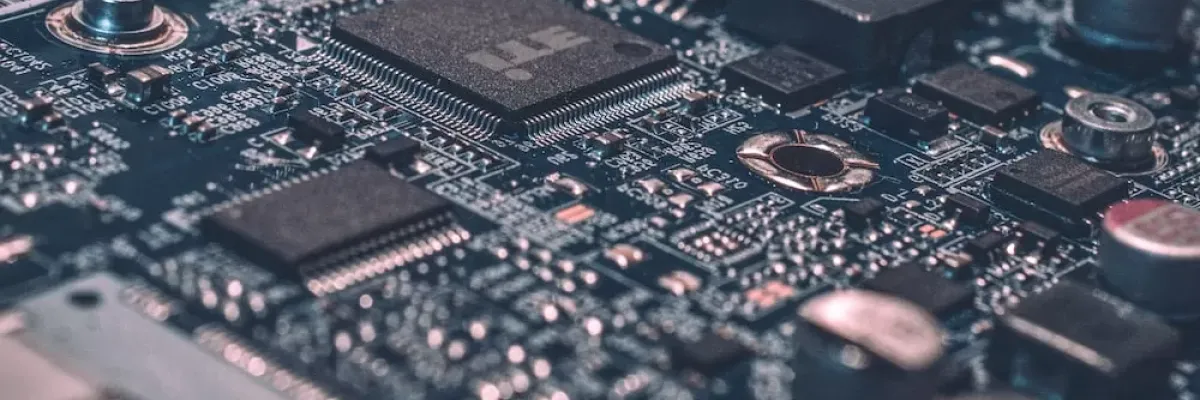
What is a server motherboard?
A server motherboard is a type of computer motherboard designed specifically for use in servers. It is the main printed circuit board that connects all the different components of the server, such as the CPU, RAM, storage devices, and network adapters.
Server motherboards are typically larger and more robust than standard desktop computer motherboards. They are designed to provide more processing power, memory capacity, and expandability to support the high demands of server applications.
In addition, server motherboards often have features specifically designed for server use, such as multiple Ethernet ports, remote management interfaces, and support for enterprise-level storage devices like RAID arrays. They also typically have higher reliability and uptime requirements compared to standard desktop motherboards.
What is the best server motherboard?
There is no one-size-fits-all answer to this question as the best server motherboard for you will depend on your specific needs and requirements. Some factors to consider when choosing a server motherboard include:
Processor support:
Ensure that the motherboard supports the processor you plan to use on your server.
Memory capacity:
Check the maximum amount of memory the motherboard can support, as this will impact the performance of your server.
Expansion slots:
Consider the number and type of expansion slots available on the motherboard to ensure it can accommodate all the additional cards and peripherals you plan to use.
Networking capabilities:
If your server will be used as a network appliance, consider the number of Ethernet ports and the type of network controller on the motherboard.
Remote management features:
Look for motherboards with built-in remote management features such as IPMI or BMC for easy monitoring and management of the server.
Some popular server motherboard brands include ASUS, Supermicro, Gigabyte, and ASRock Rack. However, the best server motherboard for you will depend on your specific needs and budget. It's important to do your research and read reviews to ensure that the motherboard you choose is reliable, compatible, and offers the features you need.
What is the difference between a server motherboard and a desktop motherboard?
The main difference between a server motherboard and a desktop motherboard is their intended use and the features they offer.
Purpose:
A server motherboard is designed for use in servers, which are computers that provide network services to other devices. Desktop motherboards are designed for use in personal computers.
Size:
Server motherboards are typically larger than desktop motherboards to accommodate more components, such as multiple processors and memory modules.
Processing power:
Server motherboards often support multiple processors, which allows for greater processing power and better performance when handling large amounts of data. Desktop motherboards typically support a single processor.
Memory capacity:
Server motherboards often support more memory than desktop motherboards. This is because servers need to be able to handle large amounts of data at once.
Connectivity:
Server motherboards often come with multiple Ethernet ports and support for more advanced networking features like teaming and VLANs. Desktop motherboards usually only come with one Ethernet port.
Management features:
Server motherboards often come with built-in management features like remote management interfaces, which allow system administrators to manage the server remotely. Desktop motherboards usually do not include these features.
Overall, server motherboards are designed to handle the demands of enterprise-level applications and provide greater reliability, scalability, and performance than desktop motherboards.
What shape does a server motherboard have?
Server motherboards come in several different form factors, with the most common being ATX (Advanced Technology eXtended), EATX (Extended ATX), and proprietary form factors designed specifically for certain server manufacturers.
ATX is the most widely used form factor for server motherboards and measures 12 x 9.6 inches (305 x 244mm). It supports up to 7 expansion slots and can accommodate a variety of processors and memory configurations.
EATX is a larger form factor that measures 12 x 13 inches (305 x 330mm) and can support up to 8 expansion slots. It is commonly used in high-end servers and workstations that require multiple processors and a large amount of memory.
Proprietary form factors are designed specifically for certain server manufacturers and may not be compatible with other hardware. For example, HP has its own proprietary form factor called the HP Z840, which is used in some of its high-end workstations.
Regardless of the form factor, server motherboards are typically larger and more robust than standard desktop motherboards, with additional features such as support for multiple processors, more memory slots, and advanced networking capabilities.
Conclusion
In conclusion, a server motherboard is a specialized type of computer motherboard designed for use in servers, which are computers that provide network services to other devices. Server motherboards differ from desktop motherboards in terms of their size, processing power, memory capacity, connectivity, and management features. They come in different form factors, with the most common being ATX, EATX, and proprietary form factors. When choosing a server motherboard, it's important to consider factors such as processor support, memory capacity, expansion slots, networking capabilities, and remote management features to ensure that the motherboard meets your specific needs and requirements.
